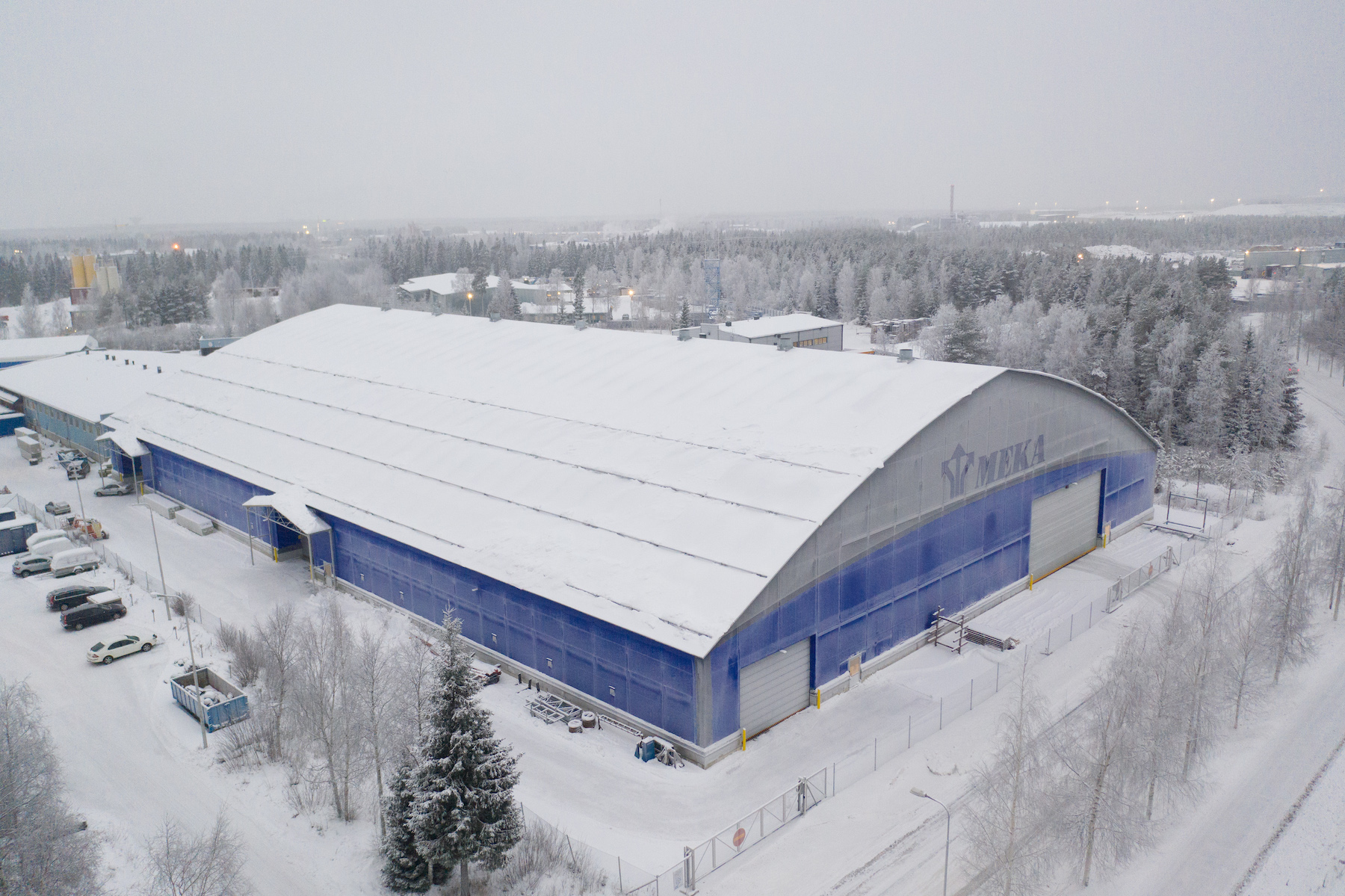When it comes to issues with storage, accommodation, venue capacity or workspace limitations, a temporary building or structure may well be the ideal solution to your building woes.
Designed to be easily assembled, disassembled and transported to different locations, temporary structures serve as a practical and flexible solution, no matter what your business needs.
However, whether you need a temporary building for short or long-term use, it’s important to be aware of the factors that can change your structure from “temporary” to “permanent” status, and the measures you need to take to remain compliant with your local planning authority.
In this blog, we explore when a temporary structure becomes reclassified as permanent and the implications this has on planning permission.
When does a temporary structure become classified as permanent?
There are several factors and government guidelines that can contribute to your temporary structure being reclassified as permanent. Once your structure is classed as permanent you are required to apply for planning permission. Common factors that determine the status of your structure include:
Duration
One of the key factors that determines the status of your structure is the intended duration. As stated in the Town and Country Planning (General Permitted Development) Order 1995, a temporary structure is classed as one that does not exceed use beyond 28 days.
This means that if the structure remains in place after this initial time frame, it becomes classified as a permanent structure.
Intended use
The purpose of your structure can also influence its classification. For example, if the structure was initially designed for temporary use and is utilised for ongoing business operations exceeding 28 days, it can also be deemed permanent.
Structural specifications
One of the advantages of a temporary structure is that it is fully customisable with a range of adaptable features available to suit your unique business requirements.
However, there are structural and design specifications that may affect whether your structure is considered permanent and will therefore need planning permission.
Government guidelines state that planning permission will be required for any of the following:
- If the structure has a floor plan greater than 200m2
- If the building is more than 25% of the area available on your site
- If the structure is within 5m of your site boundary
- If the materials used affect the external appearance of the structure
- If the structure reduces space needed for parking and manoeuvring vehicles.
When do you need to apply for planning permission?
When it comes to planning permission it’s better to determine whether you will need to apply before you have your temporary structure installed.
The reason for this is that if you apply for planning permission retrospectively, there is always the possibility that permission is not granted and you could be served an “enforcement notice” forcing you to disassemble and remove the structure.
How do you apply for planning permission for a temporary structure?
The process of applying for planning permission for a temporary structure is identical to applying for permission for any new building.
You will need to contact your local planning authority (LPA) through your local council. The application should include detailed plans and specifications of the structure, which outline its design, intended use and impact on the surrounding location.
Following your application, the LPA may request consultations with relevant individuals and organisations in connection with the community to ensure that any potential concerns or issues are considered.
How long does planning permission take to approve?
Applying for planning permission can be daunting, especially if you are worried about issues or disputes. However, this is rarely the case. On average planning permission takes between 4 to 8 weeks to obtain.
To avoid delays with the construction of your temporary structure, make sure to plan ahead and take planning permission into account.
Once you have obtained planning permission, ensure that you comply with any conditions stipulated by the LPA to avoid a possible enforcement notice.
Temporary structures and buildings from Lauralu
At Lauralu, we have over 30 years of experience in manufacturing and installing high-quality temporary and semi-permanent structures for a wide range of industries; your project is in safe hands.
If you have any questions about our services or would like to receive a bespoke estimate for your new temporary building, don’t hesitate to contact our team today.
Like what you see?
Let’s build something together
Get in touch
Contact us at Lauralu for more information or advice regarding temporary buildings.
We can provide you with a free fast estimate or advice on temporary buildings.
